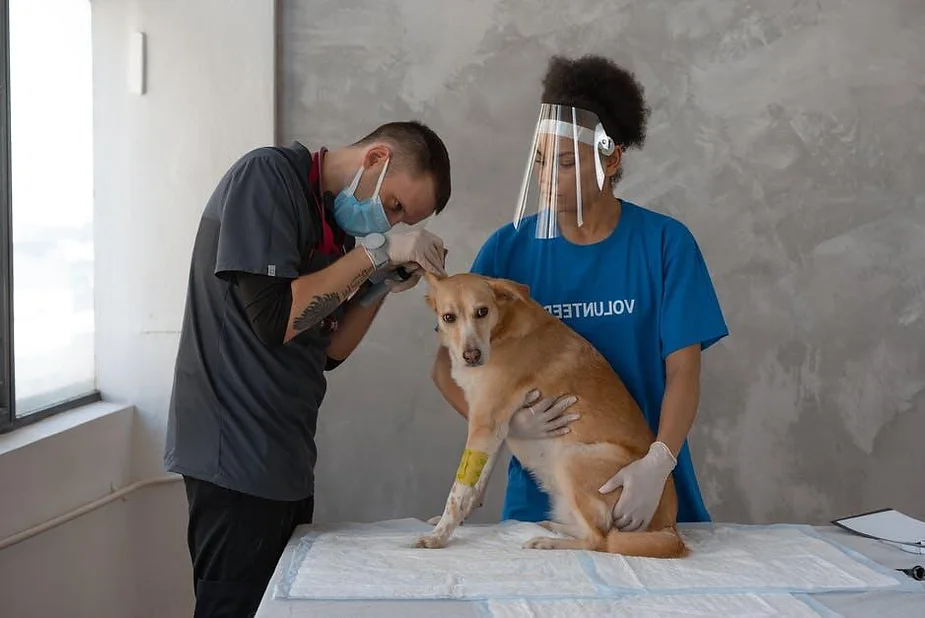Is your pet injured or too stressed out? It’s natural to feel anxious and unsure of what to do next during a pet emergency. Knowing how to react quickly can make a big difference in pet health and well-being, whether it’s a sudden injury, illness, or behaviour change.
So let’s explore the steps you can take to ensure you’re prepared for any pet crisis!
Signs to Watch Out For
Recognizing the signs of a pet emergency can be crucial in getting timely help. Here are some common symptoms to watch out for:
Difficulty Breathing
If your pet is struggling to breathe, it’s a red flag. Look for open-mouth breathing, wheezing, or excessive panting.
Sudden Changes in Behavior
As a pet owner, you become familiar with your pet’s personality and how it acts daily. If your normally calm pet becomes aggressive or unusually lethargic, it might indicate pain or discomfort.
Vomiting or Diarrhea
Occasional stomach issues can be expected. However, your pet needs immediate attention if you notice repeated vomiting or diarrhoea, especially with blood.
Lack of Appetite
If your pet refuses to eat anything for more than 24 hours, it’s a sign something could be wrong.
Severe Injuries
Apparent injuries like deep cuts, broken bones, or severe limping require emergency care.
Staying Calm and First Steps
Staying calm during a pet emergency can be tough, but it’s crucial for your pet’s safety. Start by taking a deep breath and assessing the situation. Check your pet’s condition for signs of distress like breathing difficulties or injuries.
Call your emergency vet or animal hospital to explain the problem and follow their guidance. While waiting for help, ensure your pet is safe. Keep them still and prevent further injury by restraining them gently, if needed.
Essential Items for a Pet Emergency Kit
An emergency kit is something all pet owners should have. It can help you prepare for a range of scenarios and deal with an unexpected crisis.
First, ensure you have basic first aid supplies. These should include bandages, gauze, adhesive tape, antiseptic wipes, and scissors. These items will help you address minor injuries and provide proper pet care before reaching a veterinarian.
You should keep a stock of any regular medications your pet takes, as well as a list of the dosages and administration instructions.
Also, include a sturdy leash and collar to manage your pet in stressful situations. A blanket or towel also provides warmth or serves as a makeshift stretcher. Finally, don’t forget a small supply of food and water.
Finding the Nearest Emergency Vet
It’s essential to have emergency contacts readily available. Make a list of local emergency vets, animal hospitals, and your regular vet, including phone numbers and addresses. You should also identify the closest emergency vet in your area in case of an urgent situation.
Knowing What to Do in a Pet Emergency
Dealing with a pet emergency is never easy, but with the proper preparation and knowledge, you can help your pet through challenging times. Your calm approach and swift action can make all the difference in providing excellent animal care.
At Glenridge Animal Hospital, we take care of your pet’s medical needs. Contact us today to learn more about our services and how we can assist you and your pet.



